After getting soaked on the Shimokita Peninsula I was off to Aomori City where I only intended to stay one night in a hotel.
In the morning I wanted to move on to Hirosaki, but the weather was just as bad as the day before when the typhoon hit. Also, there were a few interesting things RIGHT in front of Aomori Station, so I decided to stay a few hours there before departing.

Exploring Aomori City
Right next to the station is the ocean and Mutsu Bay. The huge bridge is called “Aomori Bay Bridge“. As you can see the weather was really anything but good.
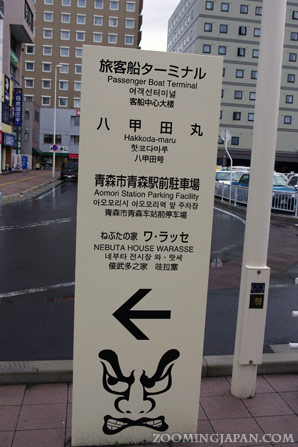
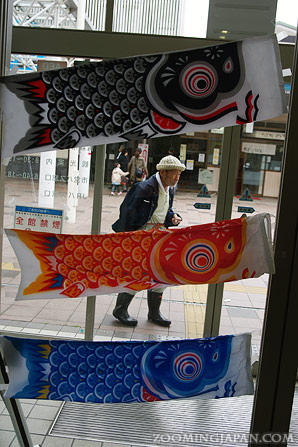
I decided to visit the “Nebuta House Warasse” which exhibits all the great lanterns that are used during the famous “Nebuta Festival” which is held every year from August 2-7. It’s said to be Japan’s largest fire festival.

Nebuta House Warasse
In the entrance area they had this statue. Although I find the figures really ugly, I kind of fell in love with the whole thing. Maybe because of the colors?

You could find the huge lanterns used in previous festivals. There was some festival background music, so it felt at least a little like experiencing the festival live.
Origins of the festival:
In Japan, the Nebuta Festival is rare in that it is not linked to any specific temple or shrine. Due to this absence of any religious association many origin theories have grown up surrounding it. There are theories that say the Nebuta Festival was made up of aspects of festivals from various other towns, and others say it started as a local folk festival. However, these are nothing more than legends or stories and none have any verifiable roots, leaving the origin of the festival still a mystery today.
There are records dating back to 300 years ago which tell of the tradition of parading Nebuta floats in Aomori.

A lot of information was provided like how they make the lanterns and also details about the festival itself.
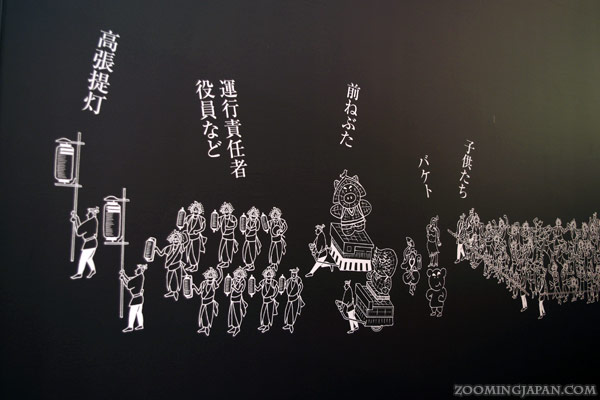
Nebuta has “buta” (ぶた、豚) in it which means pig. I thought this drawing was quite a nice and cute idea!
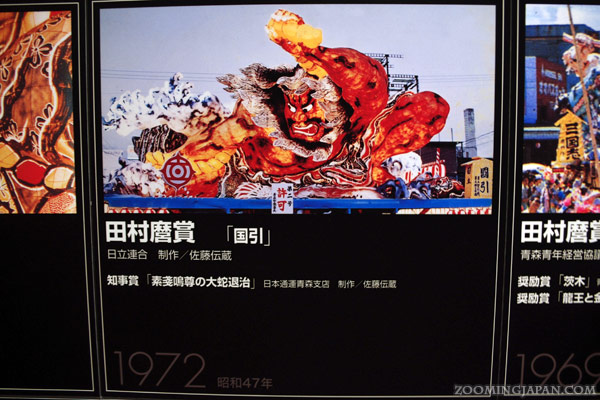
They had lots of photos of previous festivals. It was very interesting!
Competition between artists:
From the 1960s, the different designs of the various Nebuta artists became one of the big attractions of the Nebuta Festival. The amount of energy, splendour and originality varied between each artist and the competition between the individual artists’ styles was there for all to enjoy.

The lanterns are best viewed when it’s dark and they’re illuminated, so they kept the inside of the exhibition hall dark.

Really impressive as those lanterns were really big!
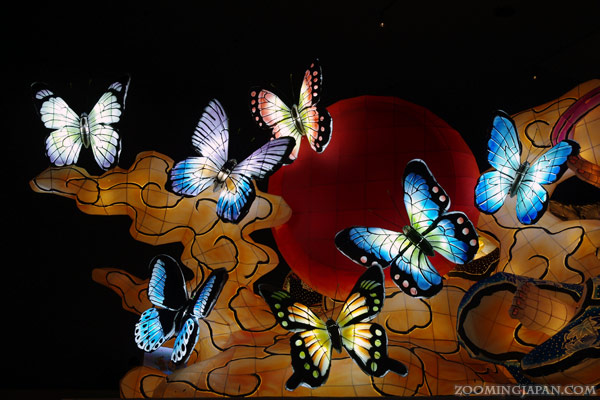
I fell in love with those butterflies.

They had so many different lanterns on display. I spent quite some time just staring at them as they were so unbelievable huge and colorful!

Just look at all the details!

Important Intangible Cultural Asset:
In 1980 the festival was designated as an “Important Intangible Cultural Asset”, becoming one of the country/s most famous summer festivals. With this came an increase in attendance from within and outside of Japan.

Memorial Ship Hakkoda-Maru
Very close to the “Nebuta House” was the Memorial Ship Hakkoda-Maru (メモリアルシップ八甲田丸). A big ship that is actually Japan’s first railroad ferry museum!

It’s located in Mutsu Bay only a few minutes walk from Aomori Station.
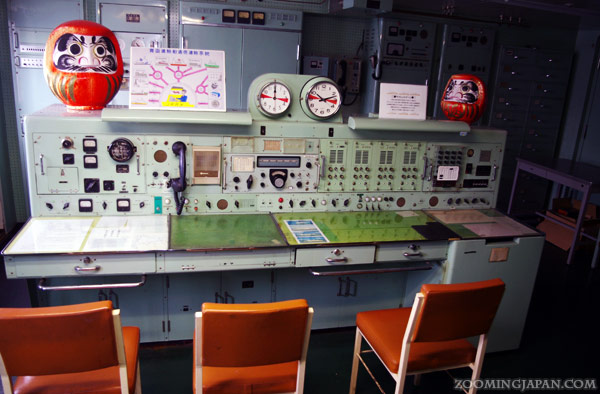
In this ship trains were ferried between Aomori and Hakodate.

For ship AND train lovers as well as for kids this is certainly an interesting memorial museum.
Personally I found it a bit boring, though.

They displayed lots of old photos showing the life onboard when the ship was still running.
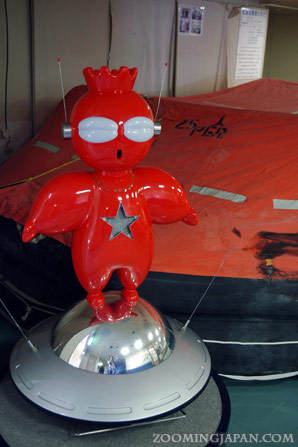

These were funky! ^-^;

They also had a lot of other exhibits like items of the time when the ship was still operating.

I was mostly fascinated by all the old cameras they had there!
All in all I just went because I had some time and it was right in front of my eyes. The admission fee is 500yen, so if you’re not really interested in ships or trains, I’d say you better skip this one!

And then I went back to Aomori Station. I really like the mascot of Aomori Kintetsu! ^_^
Aomori (青森) means “blue forest”, so there you go!
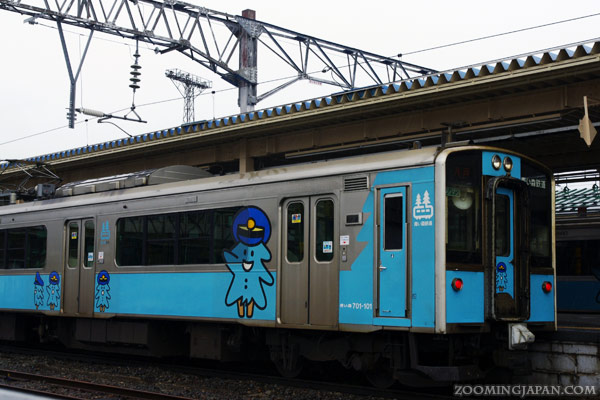
It was still before noon when I left Aomori to go nearby Hirosaki Castle..









The Aomori Nebuta matsuri is one of the highlights of summer in Japan for me. I’m loving this series and can’t wait for the next one on Hirosaki Castle.
I’m so happy to see that some people like you really care about this blog series and are willing to visit Tohoku in the near future!
I hope you’ll have a great time there!
So, you’ve been to the Nebuta Matsuri? Lucky!
I want to experience it live one day as well! :D
Those lanterns are stunning !
I would like to visit Aomori during that festival :happy:
That mascot is adorable and I had to laugh when I saw it :hihi:
I certainly want to see the festival as well.
Not sure if I can squeeze it in this summer, but I’ll definitely try! :D